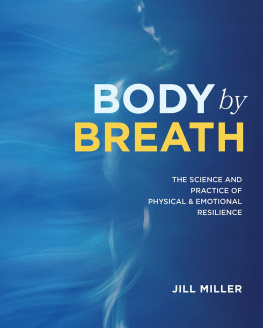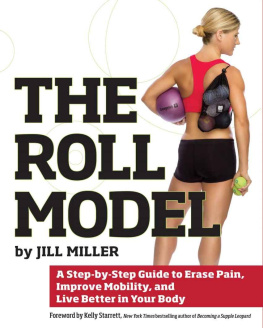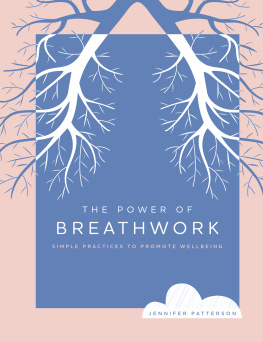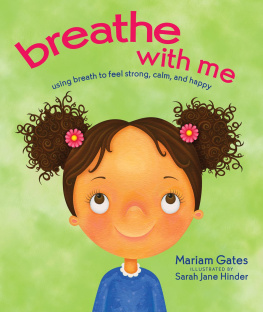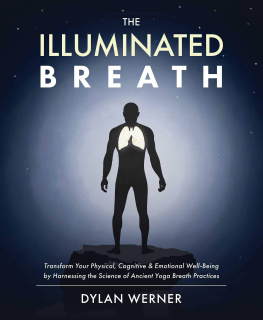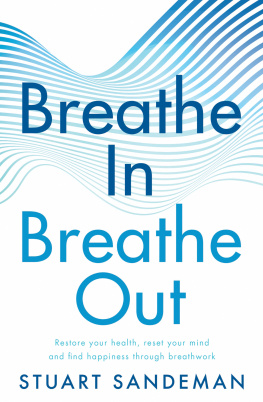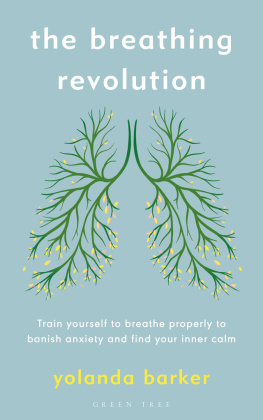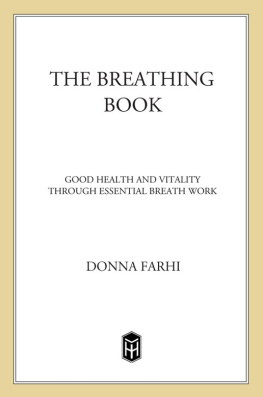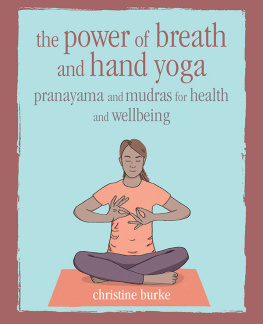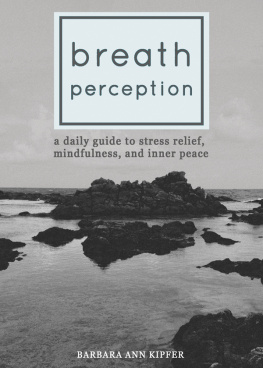First published in 2023 by Victory Belt Publishing Inc.
Copyright 2023 Jill Miller
No part of this publication may be reproduced or distributed in any form or by any means, electronic or mechanical, or stored in a database or retrieval system, without prior written permission from the publisher.
ISBN-13: 9781628603583
The author is not a licensed practitioner, physician, or medical professional and offers no medical diagnoses, treatments, suggestions, or counseling. The information presented herein has not been evaluated by the US Food and Drug Administration, and it is not intended to diagnose, treat, cure, or prevent any disease. Full medical clearance from a licensed physician should be obtained before beginning or modifying any diet, exercise, or lifestyle program.
The author/owner claims no responsibility to any person or entity for any liability, loss, or damage caused or alleged to be caused directly or indirectly as a result of the use, application, or interpretation of the information presented herein.
Cover design by Elita San Juan
Interior design by Charisse Reyes
Photography by Glen Cordoza
Illustrations by Allan Santos, Elita San Juan, and Crizalie Olimpo
Printed in Canada
TC 0123
TABLE OF CONTENTS
Some doors only open from the inside. Breath is a way of accessing that door.
_____
MAX STROM
FOREWORD
Why cant my lungs do what theyre supposed to?
Asthma attacks are scary. Childhood asthma attacks are terrifying. I would know; Ive lived with both. I remember the countless times I forgot my inhaler when I was a kid. Thats when a sensation larger than fear would set in. I couldnt escape my failing lungs, and I was also trapped in a spiral of shame and betrayal.
Feelings of weakness and inadequacy flood in, too, with every attack. I never wanted to be that asthmatic geek I saw on TV or movie screens whod whip out an inhaler and suck that puffer whenever trouble came. Is that me?
Sometimes steroids (inhaled and swallowed) lost efficacy. On those nights, guilt outweighed the panic of not breathing, so Id lie awake, hoping the heaving would stop and avoiding the walk of shame to my parents bedside. It never stopped.
Id first rouse Mom, whod roll over and wake up Dad for a begrudging 2:00 a.m. trip to the emergency room, where my wheezing would slowly abate as my body mainlined some kind of serum through a big vein in my elbow crease.
By the end, every cubic millimeter of me would ache from the strain of trying to wrest oxygen from stubborn air with defective lungs. A global heaviness always set in after these lengthy struggles. Shame, however, was an ever-present tide.
All the sneaks into bathrooms during nights out with friends for a (concealed) drag of steroid mist. All the sleepovers where I suffocated quietly in a back room (out of sight), dreading my parents picking me up or door dashing my drugs to me in front of everyone. Cramming an inhaler in the tiny pocket of my running shorts without the guys on the team noticing. The silent sweeps of new spaces for triggers: dust? pollen? heat? grass? cigarette smoke? cats? dogs? hair?
Dosing cup after cup of coffee through the night, rattling on into the morning (now with gut-rot to accompany my wheezing) until I could scramble to the free clinic and bum some sample inhalers from an underpaid but empathetic doctor. Java-junkie-mode was a weak substitute for an inhaler, but (being a grad student without health insurance) at least it slowed the squeeze of the boa constrictor whod patiently coiled around my lungs.
All that shifted when I met Jill at her Core Integration Immersion in 2009.
She introduced me to my lungs. For the first time in my life, I actually saw what they were, felt what they were. She showed me how to befriend themto cultivate intimacy with them.
By the end of day four, youll be able to do this. She lifted up her shirt to reveal her abdomen, took a giant breath in and then let out an even more giant breath. She held it out and uttered, You have to make your belly soft, as she dropped her chin to her chest and pressed her palms into her thighs so her shoulders hiked up. Still holding the breath out, her ribs flared, and her belly hollowed out like a potholeso much so I thought I was going to see the front of her spine. What appeared instead was way more miraculous.
While still holding her breath, Jill started churning her gut like beaters in a mixing bowl. It looked like an anaconda was dancing beneath the surface of her belly.
I thought this ancient yogic technique mystical, unattainablelearned only in the caves of the Himalayas by a select few after years of penance at the feet of long-bearded, naked sages with matted hair stacked in beehives and ropey locks snaking down ashen skin painted with cremated bones. But here was Jill doing it.
Nauli Kriya starts with the diaphragm vacuum, which is a pneumatic action, she emphasized, heading off the common misunderstanding that one must pull the navel to the spine (which is the exact opposite action), robbing the diaphragm of the juicy stretch created by the vacuum.
Employing Osteo (her companion skeleton), Jill rigged up a diaphragm using some deflated squish balls and resistance bands to show us how this dome-shaped muscle anchored itself to the ribs and spine to move the bones and the breath. A muscle? I didnt even know it was a muscle! WHY DIDNT ANYBODY TEACH THE ASTHMA KID ABOUT THE BREATHING MUSCLE?! I knew of it vaguely, like a neighbor you only see in passing or the shadows left behind from erased pencil marks.
Feeling the diaphragms distinct contractions was like turning the lights on in a dark room. How it moved was ridiculously simple. We lay down, touched our bellies and followed along:
When the top of this dome-like muscle moves down upon inhale, your belly bulges. Thats an abdominal breath. If the belly stays still during inhale, the diaphragm lifts and spreads the ribs as we breathe in. Thats a thoracic breath. In an abdominal breath, the ribs dont move. In a thoracic breath, the belly doesnt move. This massive muscle wallpapering the inner surface of the lower half of the ribs also provides a resting place for the lungs (and heart) to root.
I used to think my lungs (heart, too) were floating loosely in my rib cage like some specimen in a jar of formaldehyde. No. Jill demonstrated how the outermost surface of the lungs actually presses against the innermost surfaces of the ribs while lightly riding atop the diaphragm, slipping and sliding in a slow-jam cuddle pod. Jill encouraged us to join the party and touch them all with the ball.
With the Coregeous Ball pinned on the skin of my rib cage, she had us spin and breathe down into the ball, winding up the skin and fascia (another vital idea) to pry apart the intercostal muscles like taffy. I didnt know I had these muscles either! This latticework of tiny muscles is stitched between the ribs. And I can move them! WHY DIDNT ANYBODY TEACH THE ASTHMA KID ABOUT THESE BREATHING MUSCLES?! My shame was becoming outrage.
I immediately felt this beleaguered rib-meat crying out from the decades of underuse and overwork from asthma-tacky. Barbecued ribs came to mind (even though I was a vegetarian and had renounced my Texas roots).
With the ball as a fulcrum, I aimed each breath cycle at it, enthusiastically opening and closing my ribs like blinds. We toured the whole rib cage. Hello thoracic zone, nice to meet you!
Id been living (no

